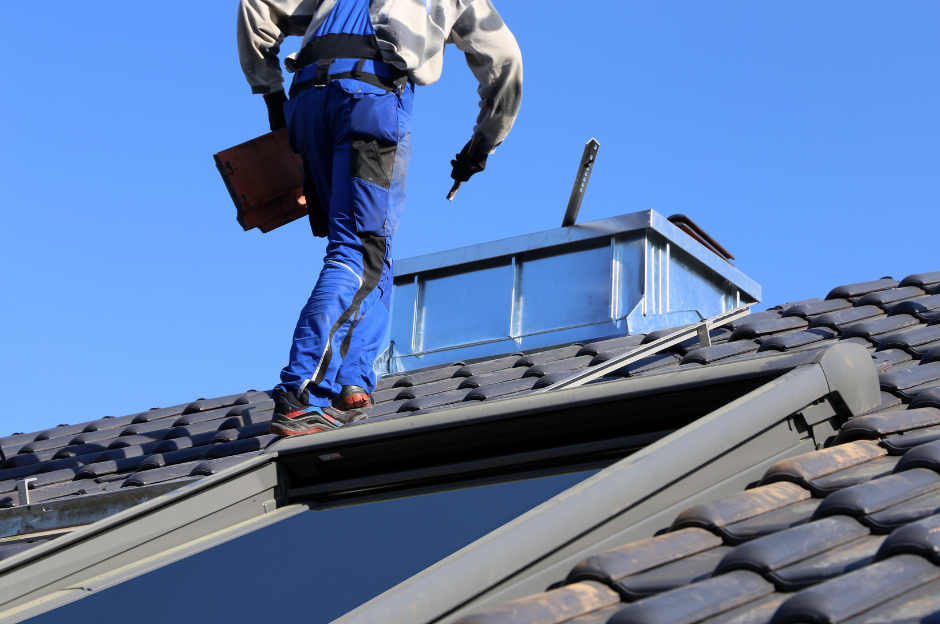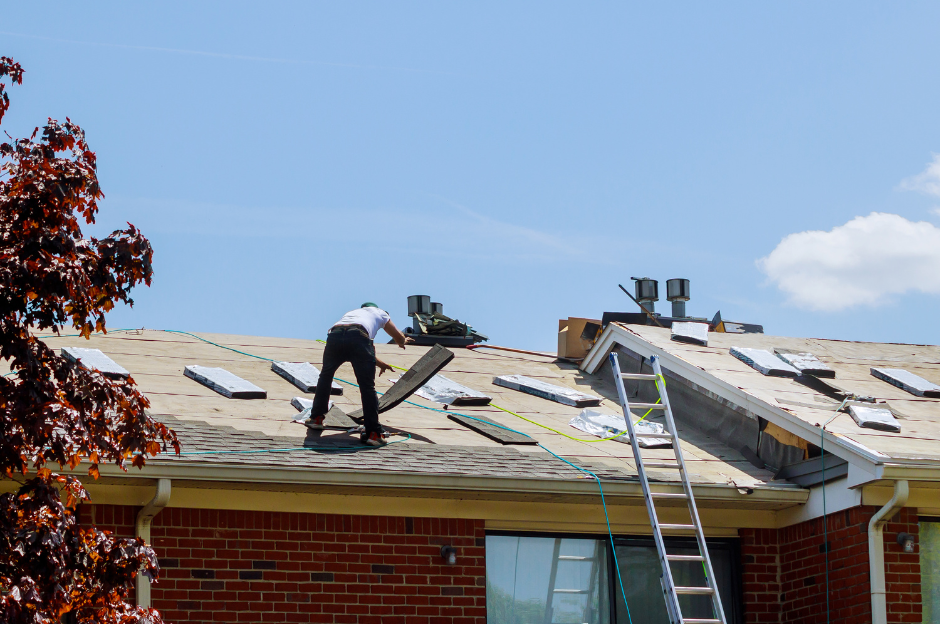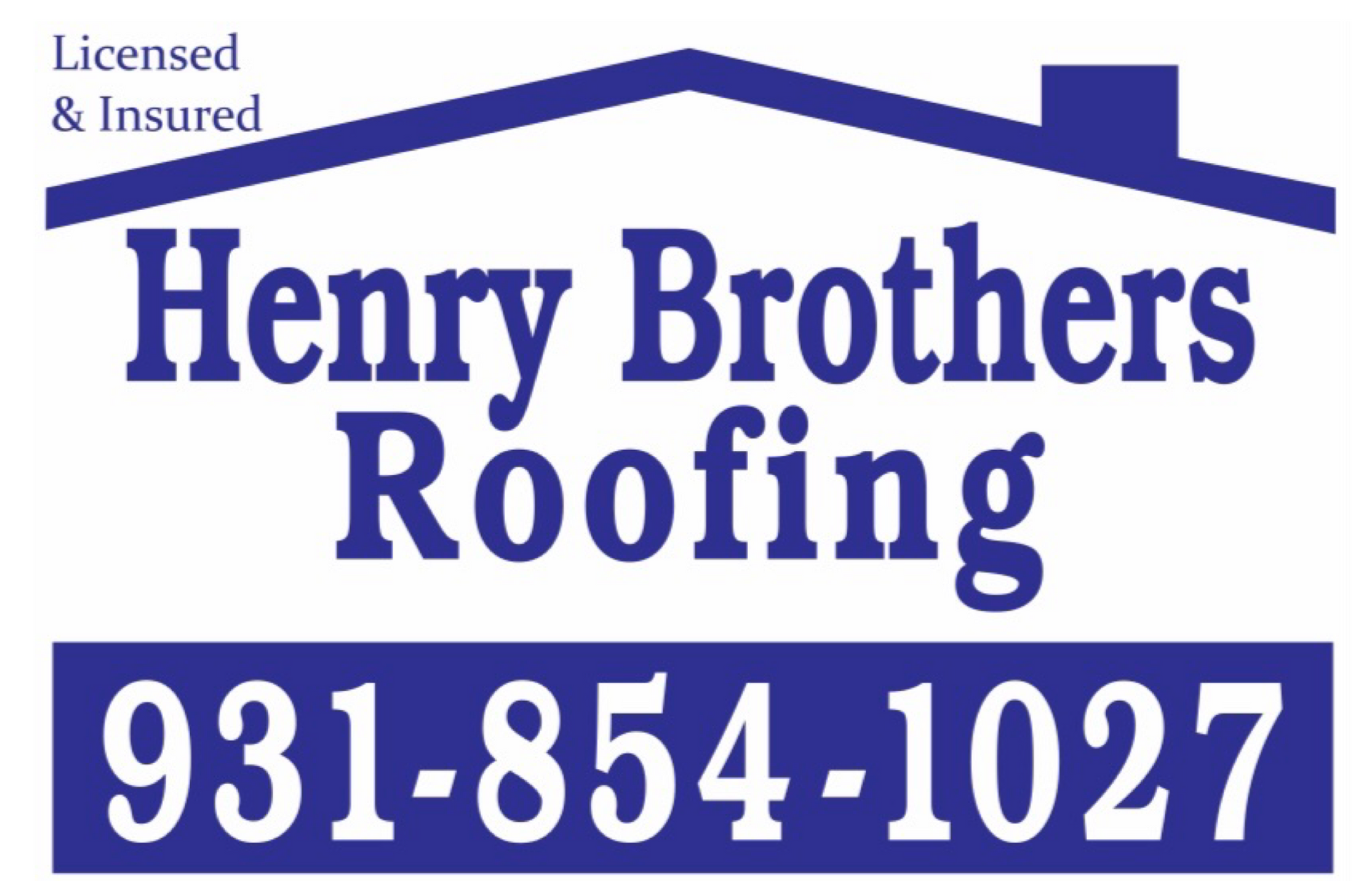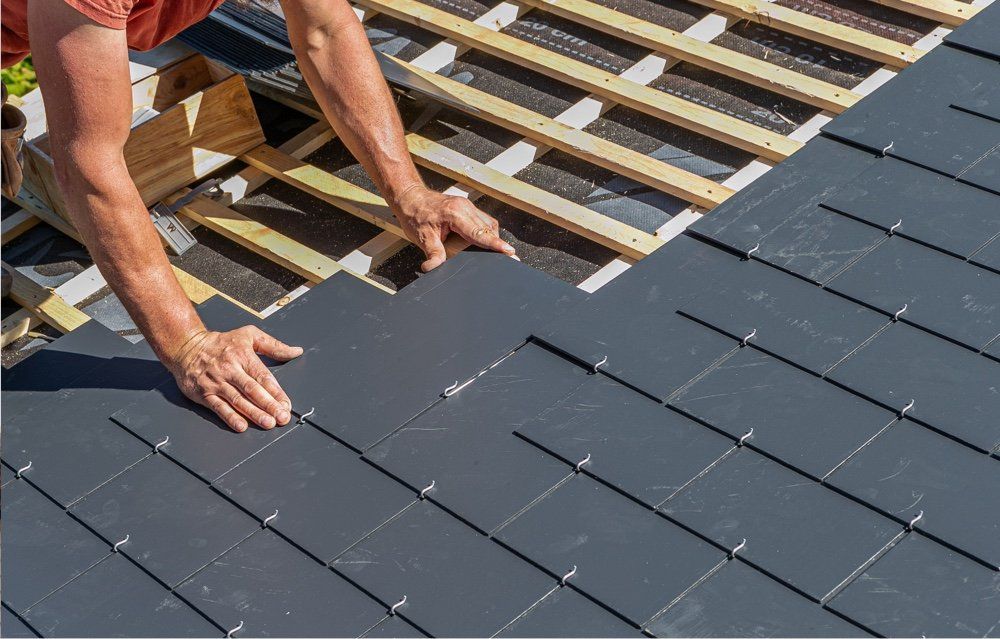Choosing the Right Roofing Material for Your Home: A Comparative Guide
The process of selecting the right roofing material for your home is a crucial decision that goes beyond aesthetics. Each roofing material comes with its unique set of characteristics, durability, and maintenance requirements. In this comprehensive guide, we'll explore the pros and cons of various roofing materials, empowering homeowners to make informed choices based on their preferences, budget, and long-term goals.
Asphalt Shingles:
- Pros:
- Affordability: Asphalt shingles are one of the most budget-friendly roofing options, making them a popular choice among homeowners.
- Variety: Available in a wide range of colors and styles, asphalt shingles provide versatility to match different architectural designs.
- Easy Installation: Roofers can install asphalt shingles quickly, reducing labor costs and minimizing disruption to the homeowner.
- Cons:
- Lifespan: While asphalt shingles are durable, they have a shorter lifespan compared to some other materials, typically lasting around 20-30 years.
- Environmental Impact: Asphalt shingles contribute to landfill waste, as they are not easily recyclable.
Metal Roofing:
- Pros:
- Longevity: Metal roofs are known for their exceptional lifespan, often lasting 50 years or more.
- Energy Efficiency: Reflective metal roofing can reduce cooling costs by reflecting solar radiant heat.
- Low Maintenance: Metal roofs require minimal maintenance, and they are resistant to issues like rot and insect damage.
- Cons:
- Cost: The upfront cost of metal roofing is higher than asphalt shingles, although the long-term benefits often outweigh the initial investment.
- Noise: Without proper insulation, metal roofs can be noisy during heavy rain or hailstorms.
Wood Shingles and Shakes:
- Pros:
- Aesthetic Appeal: Wood shingles and shakes provide a natural and timeless look, enhancing the overall aesthetic of a home.
- Insulation: Wood has natural insulating properties, helping regulate indoor temperatures and reduce energy costs.
- Eco-Friendly: Wood is a renewable resource, making it an environmentally friendly option.
- Cons:
- Maintenance: Wood requires regular maintenance, including staining or sealing to prevent decay and insect infestations.
- Fire Risk: Without proper treatment, wood shingles and shakes can pose a fire risk, which may affect insurance premiums.
Tile Roofing:
- Pros:
- Durability: Tile roofs are known for their durability and longevity, often lasting 50 years or more.
- Aesthetic Variety: Available in various styles and colors, including clay and concrete options, tile roofing offers a diverse range of aesthetic choices.
- Fire Resistance: Tiles are inherently fire-resistant, providing an added layer of safety to the home.
- Cons:
- Weight: Tile roofing is heavy, and some structures may require additional reinforcement to support the weight.
- Cost: Tile roofing can be more expensive upfront compared to other materials, but its longevity often justifies the investment.
Slate Roofing:
- Pros:
- Longevity: Slate roofs are among the longest-lasting roofing materials, with a lifespan that can exceed 100 years.
- Low Maintenance: Slate is resistant to mold, mildew, and other common issues, requiring minimal maintenance.
- Aesthetics: Slate roofing provides a luxurious and elegant appearance that enhances the curb appeal of any home.
- Cons:
- Cost: Slate roofing is one of the most expensive roofing options, making it a significant upfront investment.
- Fragility: While durable, slate can be brittle, making it susceptible to breakage if stepped on or subjected to heavy impact.
Concrete Roofing:
- Pros:
- Durability: Concrete roofing is resistant to fire, insects, and rot, offering a durable and low-maintenance option.
- Energy Efficiency: Concrete provides thermal mass, helping regulate indoor temperatures and reduce energy consumption.
- Affordability: Concrete roofing is often more affordable than materials like slate or metal.
- Cons:
- Weight: Similar to tile roofing, concrete is heavy, and some structures may require additional support.
- Limited Styles: While concrete roofing is available in various profiles, it may have fewer style options compared to materials like asphalt or metal.
Conclusion:
Choosing the right roofing material for your home is a significant decision that requires careful consideration of various factors. Each material has its own set of advantages and disadvantages, and the ideal choice depends on factors such as budget, aesthetic preferences, climate, and long-term goals. By understanding the pros and cons of popular roofing materials like asphalt shingles, metal, wood, tile, slate, and concrete, homeowners can make informed decisions that align with their needs and contribute to the overall durability and appeal of their homes.
Henry Brothers Blog





